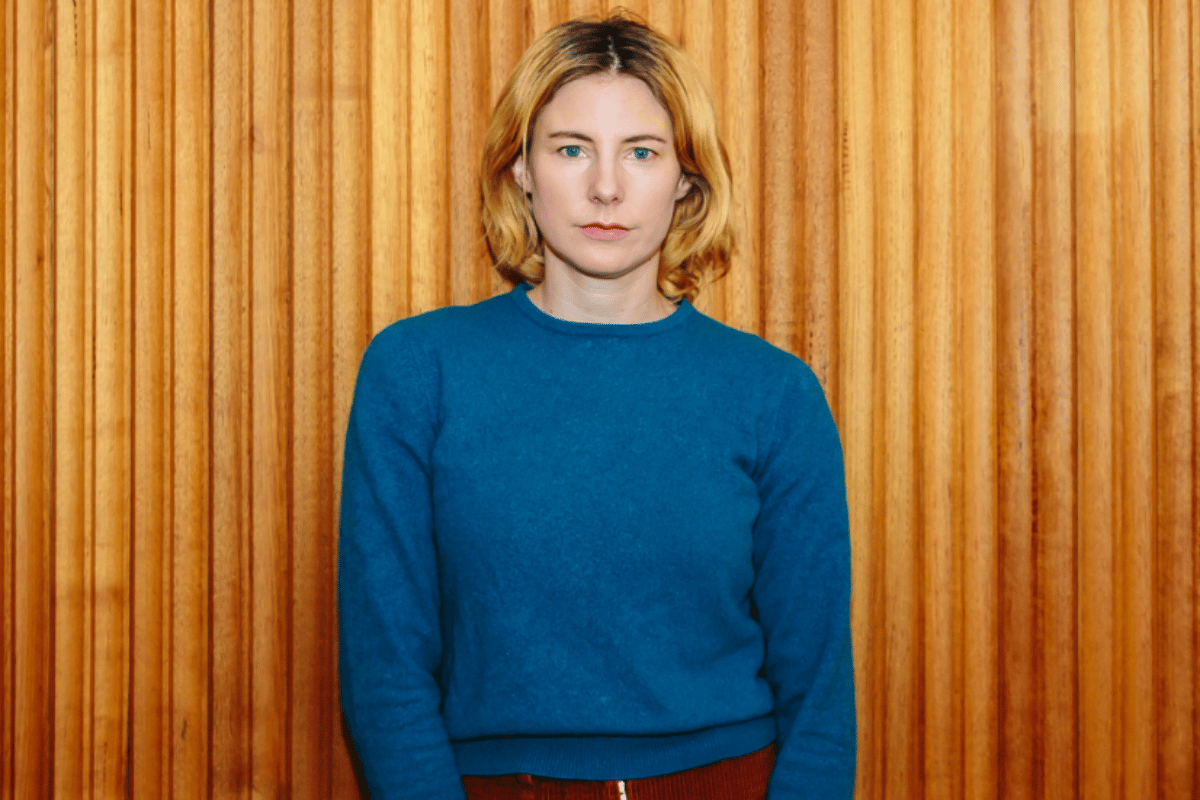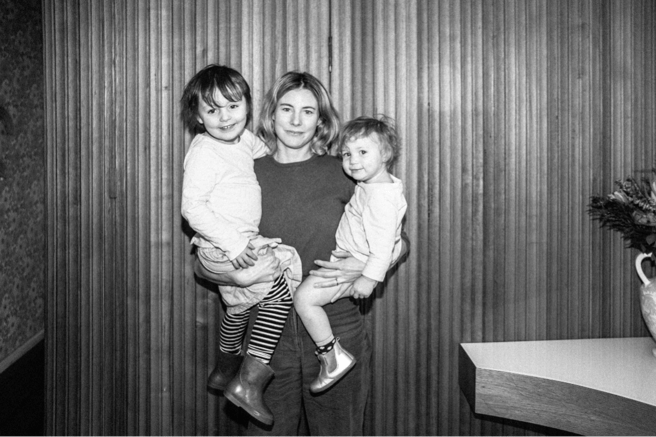
When Evie described her un-medicated home birth as the most beautiful experience of her life, my first thought was ‘ew.’
Birth began with a mucus plug and things got more disgusting from there. But it was the way she said it that irked me most of all. Her peaceful smile and unabashed use of the word ‘beautiful’. Her long, undone curls cascading past her breasts, just so.
Evie had birthed her baby without needing medical intervention. She was the epitome of woman, and I was not, and she was being so goddam nice about it, it made me sick.
WATCH: Thoughts you have while giving birth. Post continues below.
On the scale of traumatic births my first daughter Dee Dee’s was reasonably mild (Syntocinon–fetal distress– episiotomy–vacuum–everyone basically fine), but the emotional impact was off the chart.
I blamed myself for the induction and the danger it caused her. Had I not been so anxious, she would have glided to safety on a morning dewdrop, my body doing what it was designed to do, i.e. opening resplendently like a water lily in bloom.


Top Comments